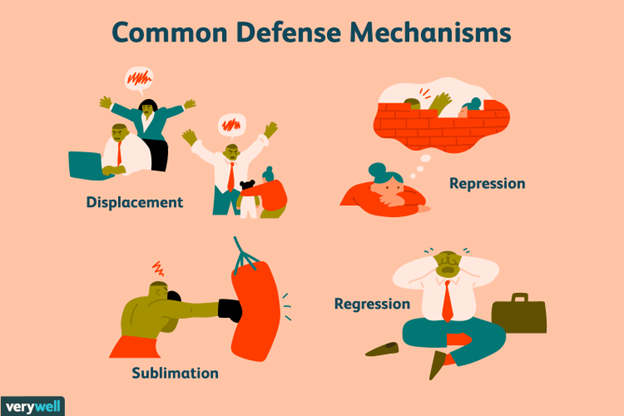A nurse is caring for a client who is receiving positive end-expiratory pressure (PEEP) via mechanical ventilation. The nurse should monitor the client for which of the following adverse effects of PEEP?
Hypoxemia
Tension pneumothorax.
Malignant hypertension
Atelectasis
The Correct Answer is B
A. Hypoxemia is a condition of low oxygen levels in the blood. PEEP can actually improve oxygenation by preventing alveolar collapse and increasing functional residual capacity.
B. Tension pneumothorax is a life-threatening condition of air accumulation in the pleural space that causes increased intrathoracic pressure and compresses the lungs, heart, and great vessels. PEEP can increase the risk of tension pneumothorax by creating excessive positive pressure in the airways and alveoli.
C. Malignant hypertension is a severe form of high blood pressure that can cause organ damage and stroke. PEEP can cause a transient increase in blood pressure due to increased intrathoracic pressure, but it does not cause malignant hypertension.
D. Atelectasis is a condition of partial or complete lung collapse due to alveolar collapse or obstruction. PEEP can prevent or treat atelectasis by maintaining positive pressure in the airways and alveoli.
Nursing Test Bank
Naxlex Comprehensive Predictor Exams
Related Questions
Correct Answer is D
Explanation
A. Contact the facility's ethics committee: This is incorrect because it is not an urgent action and it does not address the client's immediate needs. The ethics committee can be consulted later if there are ethical dilemmas or conflicts regarding the client's care.
B. Obtain consent from the client's employer: This is incorrect because it is not a valid source of consent. The employer has no legal or ethical authority to make decisions for the client, unless they are also a designated surrogate or proxy.
C. Limit care to comfort measures: This is incorrect because it does not meet the standard of care for an emergency situation. The nurse has a duty to provide life-saving interventions for a client who is unconscious and requires emergency medical procedures, unless there is evidence of a valid advance directive that states otherwise.
D. Proceed with provision of medical care: This is correct because it follows the principle of implied consent, which assumes that a reasonable person would consent to emergency treatment if they were able to do so. The nurse should document the circumstances and continue to search for family members or other sources of consent.
Correct Answer is B
Explanation
A. This choice is incorrect because forgetting to buy a gift is not an example of dissociation, but rather a sign of poor memory or lack of attention.
B. This choice is correct because describing the abuse as if it happened to someone else is an example of dissociation, which is a defense mechanism that involves separating oneself from painful or traumatic experiences.
C. This choice is incorrect because being verbally assertive is not an example of dissociation, but rather a personality trait or a coping skill.
D. This choice is incorrect because blaming the boss for not getting a promotion is not an example of dissociation, but rather a sign of external locus of control or rationalization.

Whether you are a student looking to ace your exams or a practicing nurse seeking to enhance your expertise , our nursing education contents will empower you with the confidence and competence to make a difference in the lives of patients and become a respected leader in the healthcare field.
Visit Naxlex, invest in your future and unlock endless possibilities with our unparalleled nursing education contents today
Report Wrong Answer on the Current Question
Do you disagree with the answer? If yes, what is your expected answer? Explain.
Kindly be descriptive with the issue you are facing.
